Why China ABS Edge Banding Is Essential for High-Traffic Engineering Projects
1. Introduction: Understanding the Demands of High-Traffic Engineering Projects
In busy commercial centers, crowded public buildings, and bustling hospitals, surfaces and fixtures experience constant use and abuse. High-traffic engineering projects—those in spaces frequented by thousands every day—require materials that are not only durable but also maintain their visual appeal over time. That’s where ABS (Acrylonitrile Butadiene Styrene) edge banding comes into play. Designed to protect and enhance the edges of furniture and fixtures, China ABS edge banding is built to withstand the rigors of such environments. In this blog, we’ll explore why ABS edge banding is vital for high-traffic engineering projects, focusing on its unmatched durability, protective qualities, aesthetic advantages, safety features, cost efficiency, and overall value in large-scale developments.

2. The Durability of ABS Edge Banding in High-Traffic Environments
When it comes to high-traffic areas, durability is a must. In places like shopping malls, office buildings, and airports, furniture and fixtures are constantly subjected to impact, abrasion, and environmental stress. This is where China ABS edge banding truly excels. Known for its robust combination of impact resistance, toughness, and flexibility, ABS is the ideal choice for demanding applications.
One of the standout features of ABS is its exceptional impact resistance. Unlike more brittle materials, ABS can absorb shocks without cracking or chipping, which is crucial in busy areas where furniture edges frequently encounter bags, carts, or cleaning equipment. Its flexibility allows it to handle minor deformations without compromising its structural integrity, making it perfect for surfaces that endure heavy use over time.
In real-world settings, ABS edge banding has proven invaluable. Take a bustling shopping mall, for example, where counters and display units see continuous interaction from shoppers. ABS edge banding not only protects the furniture from scratches and dents but also keeps a polished appearance despite heavy wear. Similarly, in airports—where luggage trolleys and foot traffic constantly apply pressure to fixtures—ABS edge banding ensures that edges remain intact and clean, minimizing the need for frequent repairs or replacements.
In essence, ABS edge banding combines resilience and flexibility, standing strong against the daily demands of high-traffic environments while maintaining both functionality and aesthetics. For project managers and designers, it offers peace of mind, knowing their projects will endure.
3. How ABS Edge Banding Prevents Common Damage in High-Traffic Areas
In high-traffic settings, furniture and fixtures face relentless wear and tear. Common issues include scratches, chipping, and delamination caused by humidity fluctuations. Without proper protection, the edges of furniture can quickly degrade, leading to costly repairs or replacements. This is where China ABS edge banding proves its worth.
One frequent problem is scratching, particularly on the edges of counters and tables. ABS edge banding provides a durable shield against these abrasions, maintaining a smooth finish even after prolonged heavy use. This is especially effective in retail or office spaces, where appearance is just as important as functionality.
Chipping is another significant concern, especially in public buildings and schools, where furniture endures rough handling. China ABS edge banding absorbs impacts that might otherwise chip or crack wooden or laminated surfaces. Its flexibility ensures that it can recover from minor deformations, keeping furniture looking sharp. Compared to more brittle materials like PVC or melamine, ABS excels in resisting chips and cracks, significantly reducing maintenance frequency.
Delamination, often caused by fluctuating humidity levels, is another common problem, particularly in hospitals or airports. ABS edge banding’s strong adhesion and stable composition prevent peeling, providing long-lasting protection.
By addressing these common forms of damage, ABS edge banding not only prolongs the lifespan of furniture and fixtures but also reduces maintenance costs over time. Its superior performance makes it the go-to choice for projects where durability and aesthetics are crucial.
4. Aesthetic and Functional Benefits of China ABS Edge Banding
Maintaining a balance between durability and aesthetics can be a challenge in high-traffic environments. Many materials may offer strength but lose visual appeal over time. ABS edge banding, however, excels in both areas. It retains its color and finish even in demanding conditions, ensuring that furniture and fixtures look as appealing as the day they were installed.
A key benefit of ABS edge banding is its resistance to fading, discoloration, and wear. Its UV-resistant properties help keep colors vibrant, even under prolonged exposure to natural or artificial light. This is especially important in retail or hospitality spaces, where the visual appeal of furniture significantly impacts customer experience.
Customization is another strong point of China ABS edge banding. Available in a wide variety of colors, finishes, and textures, ABS can easily match the design requirements of any project. Whether you need a high-gloss, matte, or wood-grain finish, ABS edge banding can be tailored to complement the surrounding décor while maintaining its durability. This versatility makes it an ideal choice for designers and architects seeking aesthetic continuity without sacrificing performance.
Functionally, ABS edge banding not only protects furniture edges but also enhances usability. Its smooth, rounded edges reduce the risk of injury, making it perfect for high-traffic environments like schools and healthcare facilities. Additionally, its resistance to moisture and chemicals ensures it stands up to cleaning routines and spills, further contributing to its longevity.
5. Fire-Resistant and Safe: ABS Edge Banding in High-Risk Engineering Projects
In high-risk environments such as schools, hospitals, and office complexes, safety is a top priority. The materials chosen for construction can significantly influence overall safety. One standout quality of ABS edge banding is its fire-resistant properties, making it ideal for engineering projects that require not only durability but also enhanced safety measures.
China ABS edge banding meets stringent fire safety standards, ensuring it does not contribute to the spread of flames. Unlike PVC, which can release toxic fumes when exposed to heat, ABS has a lower smoke emission rate and produces fewer hazardous byproducts when subjected to fire. This makes ABS a safer choice in emergencies and a more environmentally responsible option for projects focused on air quality, such as healthcare facilities.
Furthermore, ABS edge banding complies with various international fire safety regulations, making it a trusted material in large-scale projects that demand rigorous safety certifications. Its fire-retardant properties contribute to the overall fire safety strategy of a building, providing added protection during emergencies. In schools where young children are present or in densely populated office buildings, using ABS edge banding can give occupants precious extra time to evacuate safely.
Compared to materials like PVC or melamine, ABS edge banding offers significant advantages due to its superior safety features. It minimizes fire-related risks while remaining stable in high-temperature environments, making it the preferred choice for high-risk engineering projects where safety cannot be compromised.
6. Cost Efficiency and Long-Term Benefits of China ABS Edge Banding
In high-traffic engineering projects, cost efficiency is about more than just keeping upfront expenses low; it’s about making smart investments that deliver long-term value. ABS edge banding exemplifies this principle. Its exceptional durability and low maintenance requirements mean minimal attention is needed once installed, ultimately saving on labor and material costs over the project’s lifespan.
One significant advantage of China ABS edge banding is its ability to minimize the need for replacements. In high-traffic areas, edges are particularly vulnerable to chipping, cracking, and delamination. ABS edge banding’s impact resistance and wear absorption help prevent these common issues, sparing building managers from constant repairs or overhauls. While the initial cost of ABS may be slightly higher than other materials like PVC or melamine, the long-term savings are undeniable.
Consider this: a slightly higher upfront investment in China ABS edge banding can save thousands in future repairs, replacement materials, and labor, all while minimizing downtime in environments where continuous operation is crucial. The cost-benefit analysis becomes clear—ABS edge banding offers not just a durable solution but one that delivers superior value over the life of a project, making it the smart financial choice for any high-traffic environment.
Conclusion: The Vital Role of ABS Edge Banding in High-Traffic Engineering Projects
China ABS edge banding is not just a durable choice; it’s a strategic investment for high-traffic engineering projects. Its ability to withstand wear, resist fire, maintain aesthetics, and reduce long-term costs makes it essential in environments like schools, hospitals, and commercial spaces. By choosing ABS edge banding, project managers can ensure that their designs are visually appealing, resilient, and safe, ultimately delivering long-term value and reliability. Whether the focus is on durability, safety, or cost efficiency, ABS edge banding consistently proves to be the best material for demanding, high-use environments.






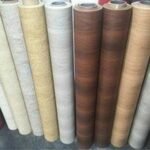
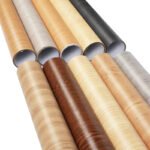

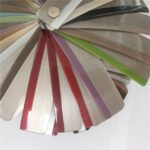
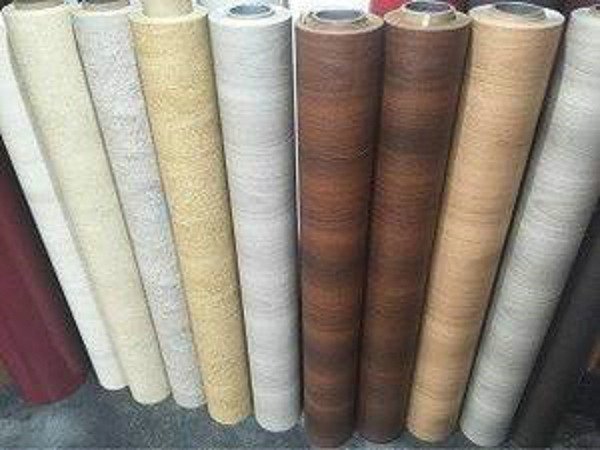

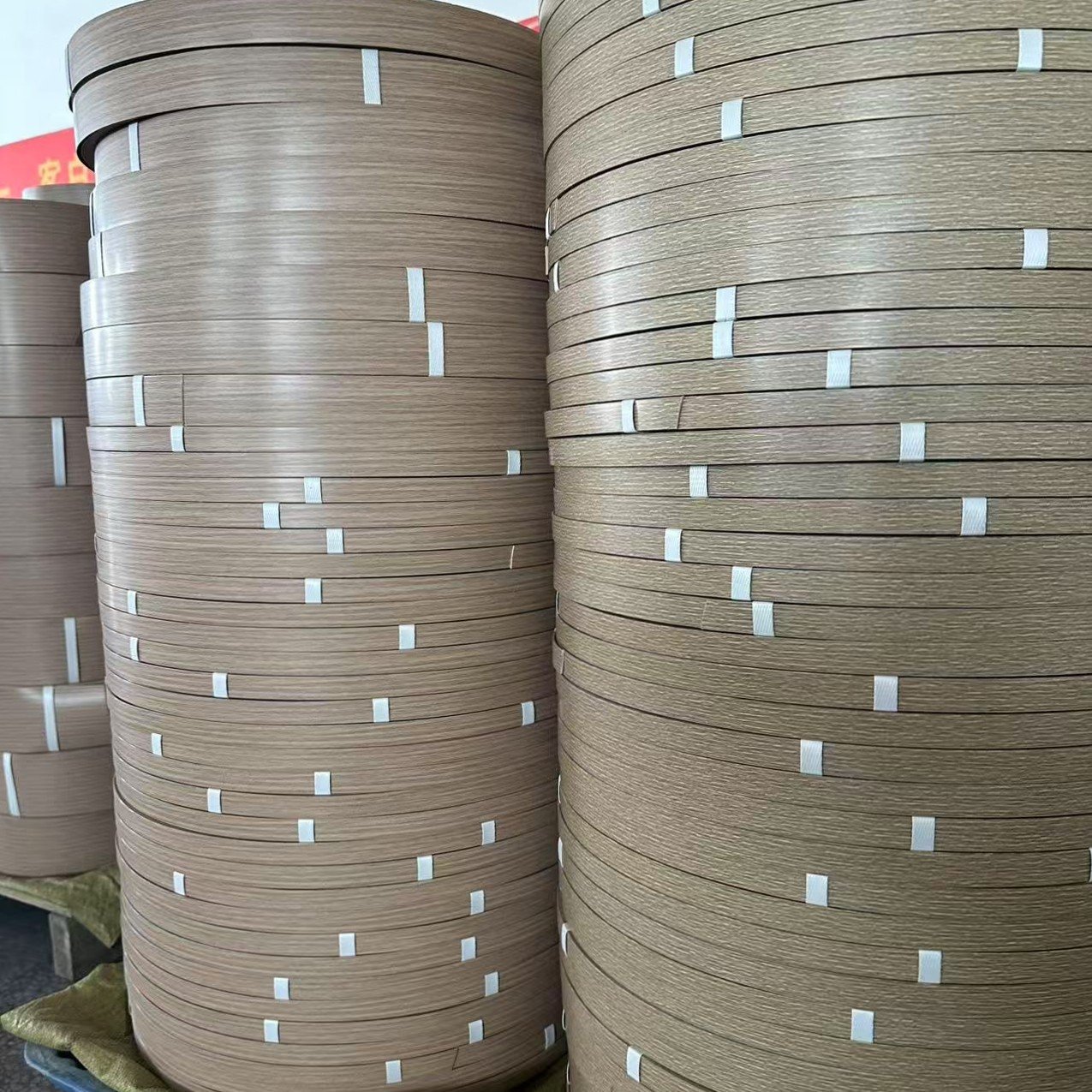

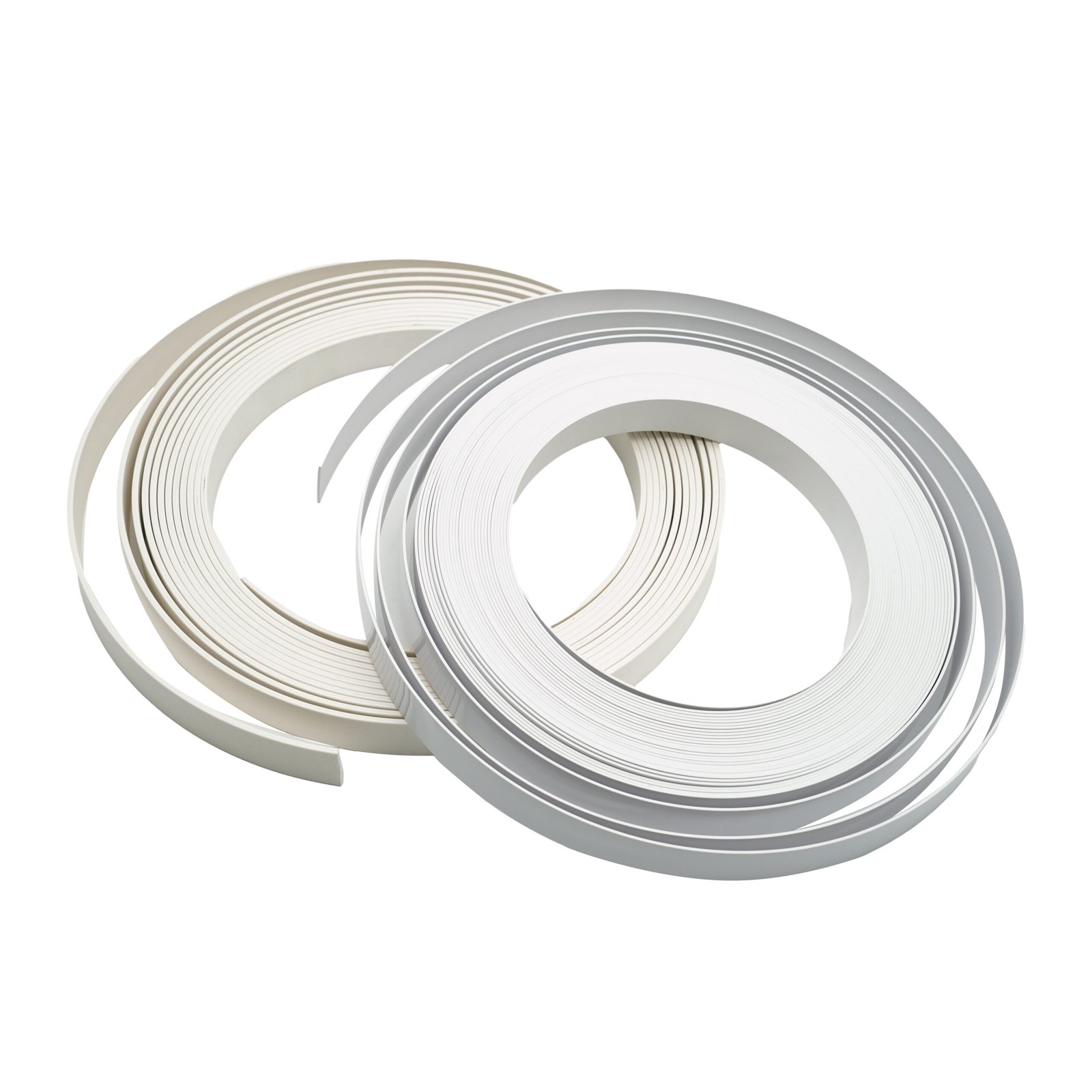



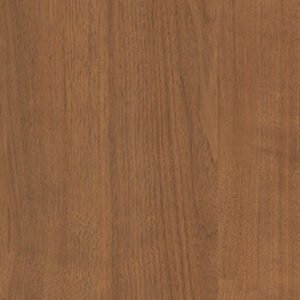





Leave a Reply